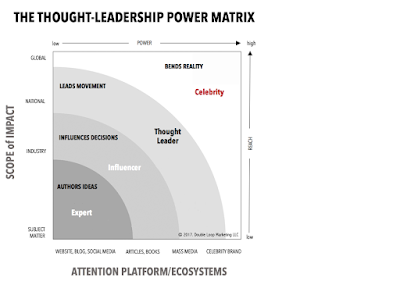How I Learned to Stop Worrying and Love the Research
Stanley Kubrick was known for making artistically complex films. He led ambitious projects with calculated cinematography and intricate scripts. Some fans adore his 1968 classic, 2001: A Space Odyssey, while others are partial to his 1980 horror flick The Shining. Each holds a special place in cinema history, but the two films achieved this status through different routes. Similarly, in the study of mass communication, there is no one way to do research. Like 2001, the positivist method is scientific in its approach. It employs quantitative information to build understanding for social phenomena. The Shining, which to be fair was also meticulously crafted, feels more like interpretivist research. The film has a less surgical aesthetic, and it feels as if it is sifting through this individual story looking for direction. This mirrors qualitative studies that are inductive, searching for relationships and principles in specific examples.
The Southwestern Mass Communication Journal recently published a study on PolitiFact sources. The research’s goal was to use the positivist method to uncover what information was fueling PolitiFact’s ratings. As political fact checking services gain prominence in the mass media landscape, it is important to understand the sources that formulate the “truth” it intends to adjudicate. The researchers combed through data and categorized sources to generalize what source-types PolitiFact is using.
The same journal posted a case study in 2022 about Little Rock, Arkansas’ public rebuke of Amazon and its aftermath. In the late 2010s, Little Rock, along with several other United States cities, began to court Amazon’s next major facility build. As the process wore on, Amazon’s demands increased, and it looked unlikely Little Rock would get the nod. Instead of waiting for rejection, Little Rock officials dropped-out by crafting a public “Dear John” letter to Amazon that doubled as a kickoff to the city’s campaign to court other business and engender civic support.
This research is a case study on the “Love, Little Rock” campaign. It explores how the city attempted to take a public loss and translate it into a win for future civic ventures. This research is important because it can provide information on pros and cons of attempting similar marketing campaigns. It also identified how the city used established tactics for communication management, which helped to affirm theory related to the topic.
Just like Stanley Kubrick made two wildly different acclaimed films, the mass communication world shares a similar dichotomy. These two research examples have something to give to the world. Each can challenge preconceived notions and bring new understandings to the table. I wouldn’t say one study was clearer than the other. The PolitiFact research was easier to define with tangible data and a clear understanding of what sources the organization values.
Eyes Wide Shut is a pretty good movie, too. I don’t have analogy for that one. Probably for the best.


Comments
Post a Comment